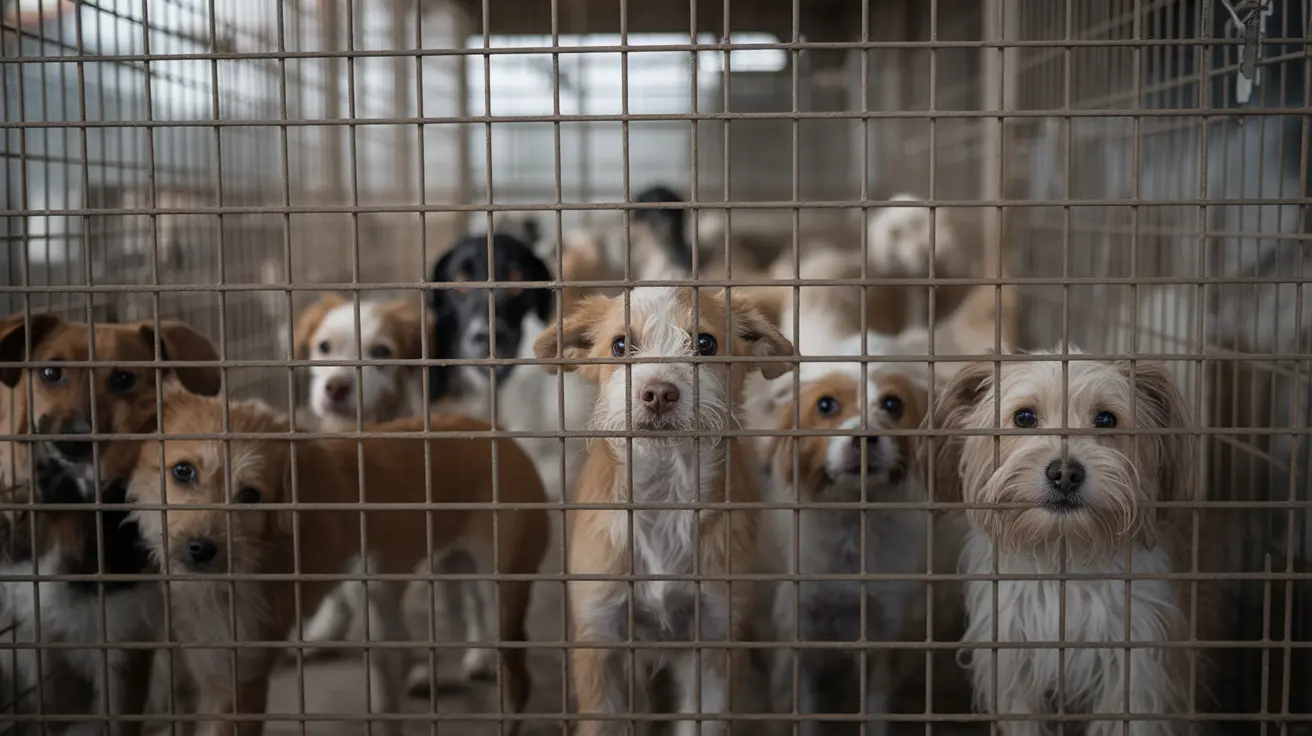The Multifunctional Role of a Dog’s Tail
A dog’s tail is far more than just a cute appendage that wags when they’re happy. It is a complex and multifunctional structure that plays vital roles in communication, movement, scent signaling, and even thermoregulation. Understanding the purpose of a dog’s tail not only deepens the bond between humans and their canine companions, but also helps pet owners interpret behavior and ensure proper health and care.
1. Communication Tool
One of the tail’s primary functions is nonverbal communication. Dogs use their tails like a visual flag to signal their emotional states to humans and other animals.
- A high, stiff tail signifies confidence or alertness, and may indicate dominance or a potential threat.
- A low or tucked tail usually signals submission, fear, or anxiety.
- A middle-height tail often represents a relaxed and calm state.
- Wagging direction and intensity adds nuance—right-biased wagging often indicates positive emotions, while left-biased wagging may suggest discomfort or stress.
Tail communication develops early in life. Puppies begin tail wagging around three to four weeks of age during their first social interactions. These early experiences shape their lifelong ability to use tail language.
2. Balance and Agility
Physically, a dog's tail is crucial for maintaining balance and coordination, particularly in agile and athletic breeds. The tail acts like a natural counterweight, adjusting the body's orientation during rapid movements and turns.
- Breeds such as Greyhounds and Border Collies use their tails for sharp maneuvering during high-speed chases.
- When walking on narrow surfaces or making quick changes in direction, a dog’s tail helps prevent falls by stabilizing body posture.
This feature is similar to how a tightrope walker uses a balancing pole—essential for dogs with high activity levels or working roles.
3. Navigational Aid While Swimming
In the water, a dog’s tail functions similarly to a rudder. Strong and muscular tails, like those found in Labradors and Newfoundlands, aid them in steering and maintaining direction when swimming. This is especially important for water-rescue breeds and retrievers.
4. Scent Distribution
Another fascinating function of the tail involves scent communication. The tail helps distribute glandular secretions from the anal glands during motion, which carry key signals regarding the dog’s identity, health, and reproductive status.
- Dominant dogs hold their tails high, spreading scent more effectively.
- Submissive or frightened dogs tuck their tails, limiting scent dispersal to avoid drawing attention.
This aspect of tail function plays an important role in canine social hierarchies and interpersonal interactions.
5. Thermoregulation in Cold Climates
Certain breeds, like Huskies, use their thick, bushy tails for cold weather protection. In extreme weather conditions, dogs will curl up and drape their fluffy tails over their noses to conserve heat and shield their faces from harsh winds. This instinctual behavior aids in body temperature regulation during sleeps or rests in freezing environments.
6. Adaptation Without Tails
While tails are multifunctional, not all dogs have them. Some breeds are born with naturally short or absent tails, while others may undergo tail docking, particularly in working breeds. Though controversial, docking has been traditionally practiced for various reasons, including breed standards, traditions, or perceived functional benefits.
Dogs without tails adapt well and learn to communicate using enhanced body language. However, research suggests that the absence of a tail may somewhat hinder inter-dog interactions due to reduced visual signaling.
7. Health Concerns
Just like any other part of the body, tails can suffer from various health issues. Some common tail-related conditions include:
- Limber tail syndrome – a painful condition, often seen after swimming.
- Happy tail syndrome – repetitive tail wagging causes injury against hard surfaces.
- Fractures, abscesses, tumors, and dermatitis – especially in tightly curled tail breeds.
Veterinary evaluations may include physical exams, X-rays, or imaging to diagnose tail conditions accurately. In severe cases, amputation might be recommended.
Conclusion
The dog’s tail is a highly versatile and expressive appendage. From signaling feelings and maintaining physical balance to dispersing scent and shielding against cold, the tail serves numerous critical functions. Understanding how and why tails are used helps dog owners foster better care, recognize signs of emotional or health distress, and appreciate the depth of canine communication.





